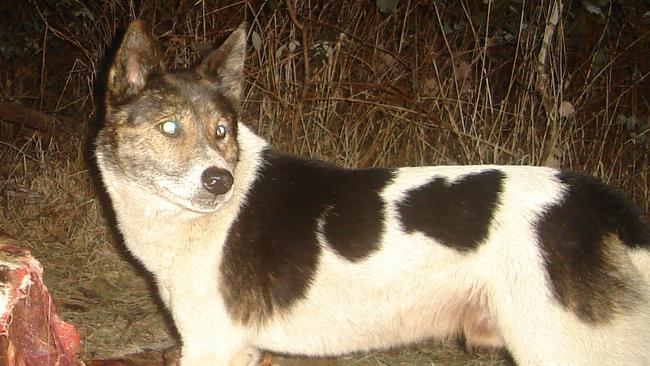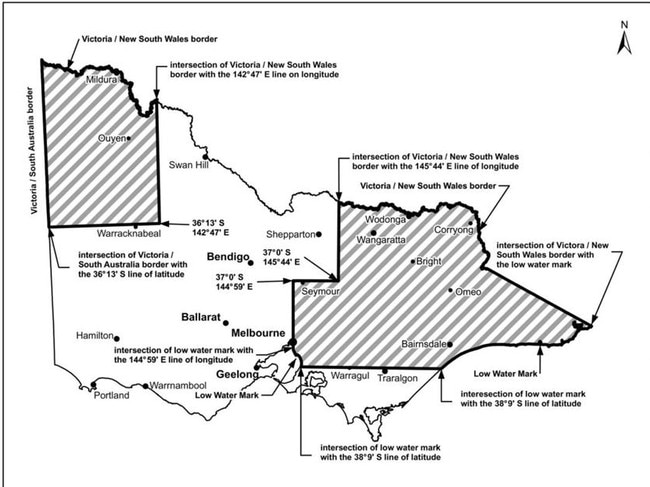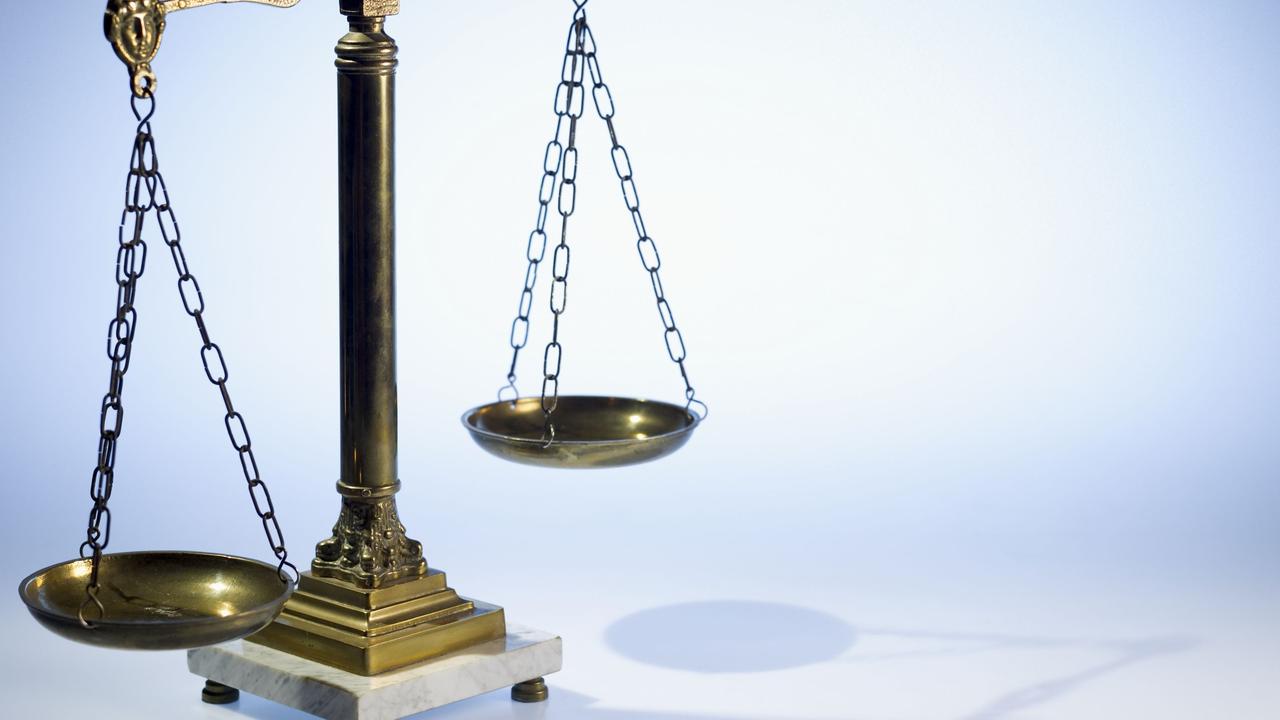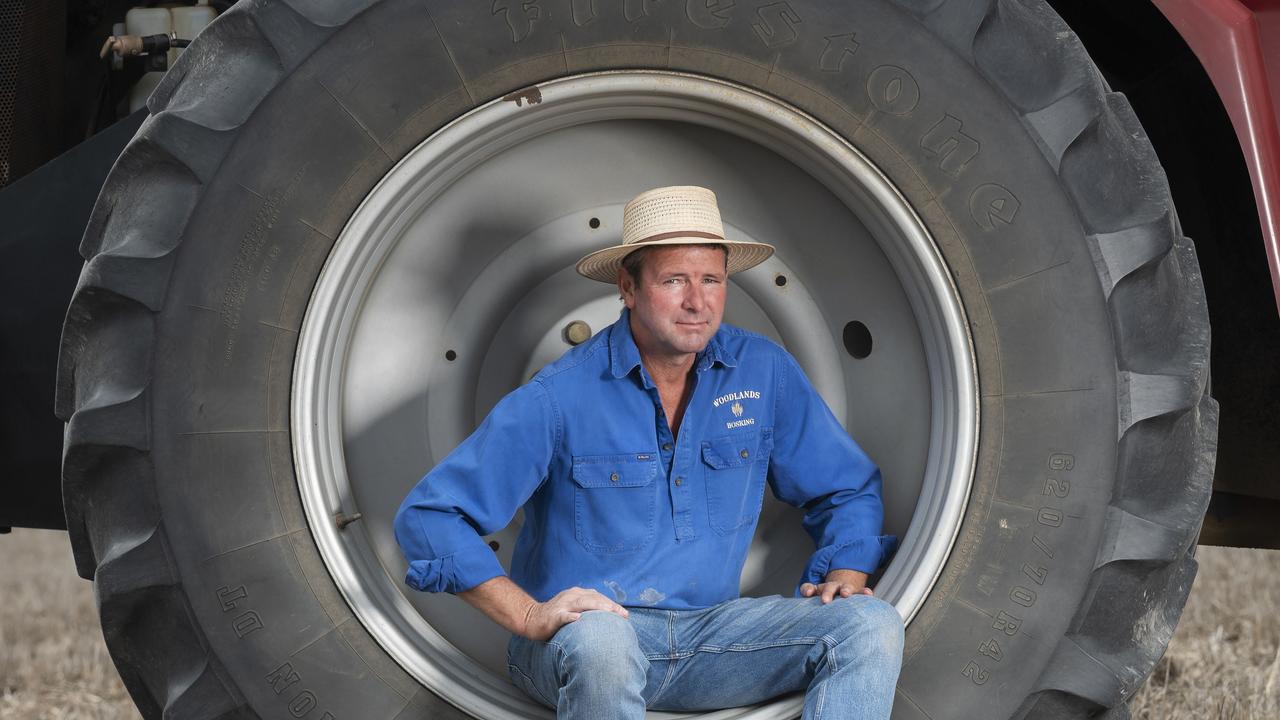Farmers relieved: Wild dog and dingo control extended for 12 months
Victoria’s 20 doggers will be allowed to continue trapping, baiting and shooting wild dog and dingoes for another 12 months.

Victoria’s 20 doggers will be allowed to continue trapping, baiting and shooting wild dogs and dingoes on crown land within 3km of farm boundaries for another 12 months – across the Mallee, Gippsland and northeast Victoria.
Victorian Farmers Federation livestock councillor Peter Star said farmers were fearful the state government would refuse to renew the current five-year order that declares dingoes unprotected, given it was due to expire on Sunday.
While the order has only been extended for a year, Mr Star said at least the government was now committed to properly consulting farmers and the community on wild dog control.
The government has committed to “consult closely with farmers and the agricultural sector as well as engage with traditional owners to ensure that these policy settings support the ongoing protection of livestock, while ensuring the conservation of the dingo and rights of traditional owners”.

A government spokesman for Agriculture Minister Gayle Tierney and Environment Minister Ingrid Stitt, who are responsible for reissuing the order, said the 12-month extension would also “allow for a comprehensive assessment of the dingo population across Victoria, including “a robust population count to inform the most appropriate policy settings moving forward”.
The government also wants to further investigate research that Animal Justice Party MP Georgie Purcell says reveals that what farmers call wild dogs or hybrids are “actually purebred” dingoes.
Just how a population count would be carried out is yet to be explained, given the elusive nature of many wild dogs.
But the government has made it clear it believes dingoes have an important role as a top-order predator and is culturally important to traditional owners.
The government is encouraging farmers “to use nonlethal control measures, including exclusion fencing, protective on-farm animal husbandry practices and guardian animals as means of reducing the impacts of the predation of livestock at a local level”.




